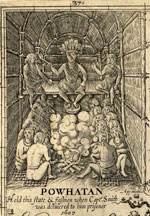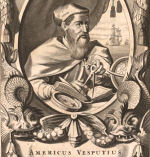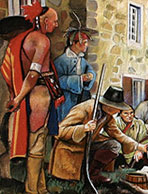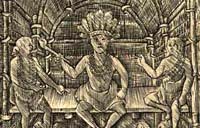Picturing America

Twenty-seven iconic images in American history are presented here, designed specifically to encourage educators to use images as primary source documents in the classroom. The images range in time from 17th-century depictions of the Catholic mission in San Antonio to the contemporary art of Washington, DC native Martin Puryear.
Also included are the Lansdowne portrait of George Washington, "Washington Crossing the Delaware," and Hiram Powers's statue of Benjamin Franklin, as well as works by artists such as Grant Wood, George Catlin, Winslow Homer, John Singer Sargent, Mary Cassatt, and Edward Hopper, and by photographers Walker Evans and Dorothea Lange. All images are accompanied by a brief annotation providing historical context, a biography of the artist, and a list of online resources offering further contextual information, lesson plans, and classroom activities. Images enlarge to fullscreen and are searchable by artist and by theme: Leadership, Freedom & Equality, Democracy, Courage, Landscapes, and Creativity & Ingenuity.






